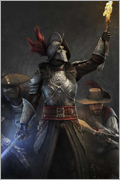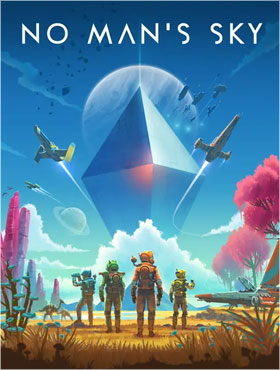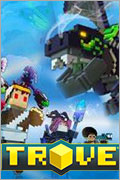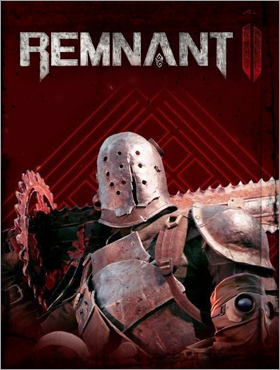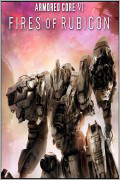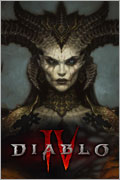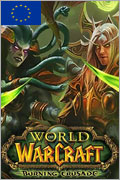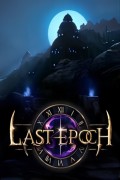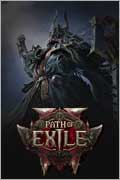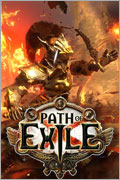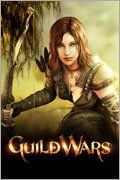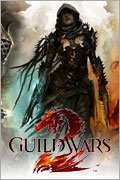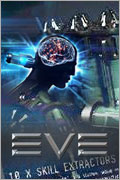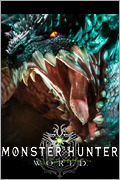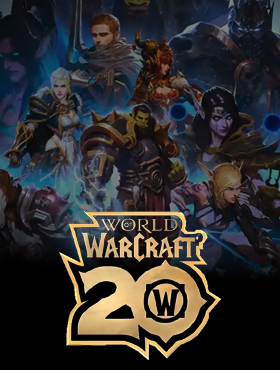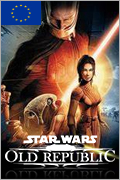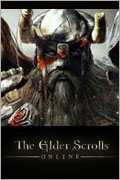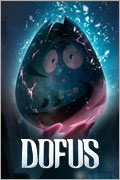In 2024, Black Myth: Wukong demonstrated the global appeal of Chinese mythological IPs. However, in Game Science’s grand vision, the Black Myth series doesn’t end with Wukong—rumors about “Black Myth: Zhong Kui” have long circulated in the gaming community. As a legendary ghost hunter in Chinese folklore, Zhong Kui embodies mystery and authority, with his rich lore, combat style, and cultural depth making him a prime candidate for the next flagship title in the Black Myth franchise.
This article explores the potential of Black Myth: Zhong Kui from multiple angles—cultural background, game setting, combat mechanics, and market potential—analyzing whether it can replicate Wukong’s success.

I. Zhong Kui – The Demon-Slaying Deity of Chinese Mythology
1. History and Legends
Zhong Kui is a revered figure in Chinese folk religion, dating back to the Tang Dynasty. According to legend, Emperor Xuanzong once dreamed of a mighty ghost subduing a smaller one—the ghost identified himself as Zhong Kui, a scholar who had committed suicide after failing the imperial exams and was later appointed as a judge of the underworld, tasked with exorcising evil spirits.
- Iconic Traits: Zhong Kui is typically depicted with fierce eyes, a dark beard, wearing an official’s robe, and wielding a demon-slaying sword.
- Cultural Symbolism: In Chinese tradition, Zhong Kui represents justice, indomitable spirit, and the triumph over evil.
2. Zhong Kui in Modern Media
Zhong Kui has appeared in various operas, New Year paintings, films, and games, such as:
– Movies: Zhong Kui: Snow Girl and the Dark Crystal (2015)
– Animation: Legend of Zhong Kui (2017)
– Games: Zhong Kui in Arena of Valor (support/mage), Devil May Cry-style ghost hunters
Compared to Sun Wukong, Zhong Kui’s “ghost-hunting” theme leans toward dark fantasy, potentially giving Black Myth a more eerie and gothic aesthetic.
II. Potential Gameplay and Setting for Black Myth: Zhong Kui

1. Worldbuilding
If Black Myth: Zhong Kui follows Wukong’s dark mythos approach, its world could be set in a war-torn late Tang Dynasty, where demons roam freely and the underworld has fallen into chaos. As the “Ghost-Slaying Judge,” Zhong Kui must navigate between the realms of the living and the dead to uncover the truth behind the supernatural turmoil.
- Possible Plotlines:
- Underworld Rebellion: The courts of hell are corrupted—Zhong Kui must restore order.
- Mortal Catastrophe: Evil spirits invade the living world, forcing Zhong Kui to confront both monsters and human darkness.
2. Combat Style – How Zhong Kui Fights
Unlike Wukong’s agility-focused combat, Zhong Kui’s fighting may blend magic and melee:
– Weapons:
– Demon-Slaying Sword (close-quarters execution)
– Soul-Binding Chains (crowd control, restraining enemies)
– Talismans (ranged spellcasting)
– Transformation System:
– Ghost King Mode: Briefly enhances power at the cost of “Yin Energy.”
– Summoning Minions: Similar to Wukong’s “72 Transformations,” Zhong Kui might command lesser ghosts in battle.
3. Level and Enemy Design
Zhong Kui’s journey spans hell, the mortal realm, ghost markets, and infernal palaces, offering diverse settings:
– Fengdu Ghost City: A Bloodborne-esque decaying metropolis filled with lost souls.
– Yin Courts of Hell: A Sekiro-inspired dark palace with intricate Chinese horror aesthetics.
– Boss Fights:
– Black Impermanence – Malice Incarnate (high-speed melee)
– Meng Po – Mistress of Delusion (illusion-based combat)
– Yanluo King – The Fallen Judge (final boss, a corrupted deity ruling the underworld)
III. Technical Challenges and Innovations

1. A Darker Art Style Than Wukong
Black Myth: Zhong Kui could adopt a more somber, gothic tone, blending:
– Ink-wash painting aesthetics (like Sekiro’s “Dragon’s Homecoming” DLC)
– Shadow puppetry elements (for cinematic cutscenes)
2. AI and Dynamic Storytelling
While Wukong already features rich NPC interactions, Zhong Kui could expand on:
– Karma System: Player choices affect how spirits and deities react.
– Ghost Ecology: Demons adapt their behavior based on the player’s actions.
3. Multiplayer Potential
The Black Myth series is currently single-player, but Zhong Kui could experiment with:
– Co-op Mode: Two players team up as exorcists (It Takes Two-style collaboration).
– PVP “Ghost Hunt” Mode: One player controls Zhong Kui, another as a demon (Dead by Daylight-style asymmetric battle).
IV. Market Potential & Player Expectations
1. Can It Surpass Wukong?
Wukong set high expectations, but Zhong Kui faces tougher challenges:
– Global Appeal: Zhong Kui is less internationally known than Wukong—stronger storytelling is key.
– Gameplay Innovation: If combat remains too similar, it risks being called a “reskin.”
2. Possible Competitors (2025-2026)
- GTA 6 (open-world dominance)
- Elden Ring 2 (next-gen Souls-like)
- Assassin’s Creed: Red (feudal Japan setting)
Black Myth: Zhong Kui must stand out through unique mechanics and cultural depth.
V. Conclusion: The Future of Chinese Mythos in Gaming
If realized, Black Myth: Zhong Kui won’t just be Wukong’s successor—it could be a cornerstone of a Chinese Mythology Gaming Universe.
- Short-Term Goal: Likely announced in 2026-2027, released by 2028.
- Long-Term Vision: Potential spin-offs like Black Myth: Nezha or Black Myth: White Snake.
In 2024, Wukong proved Chinese AAA games can compete globally. With Zhong Kui, this may not be a one-time triumph—but the dawn of a new era.

